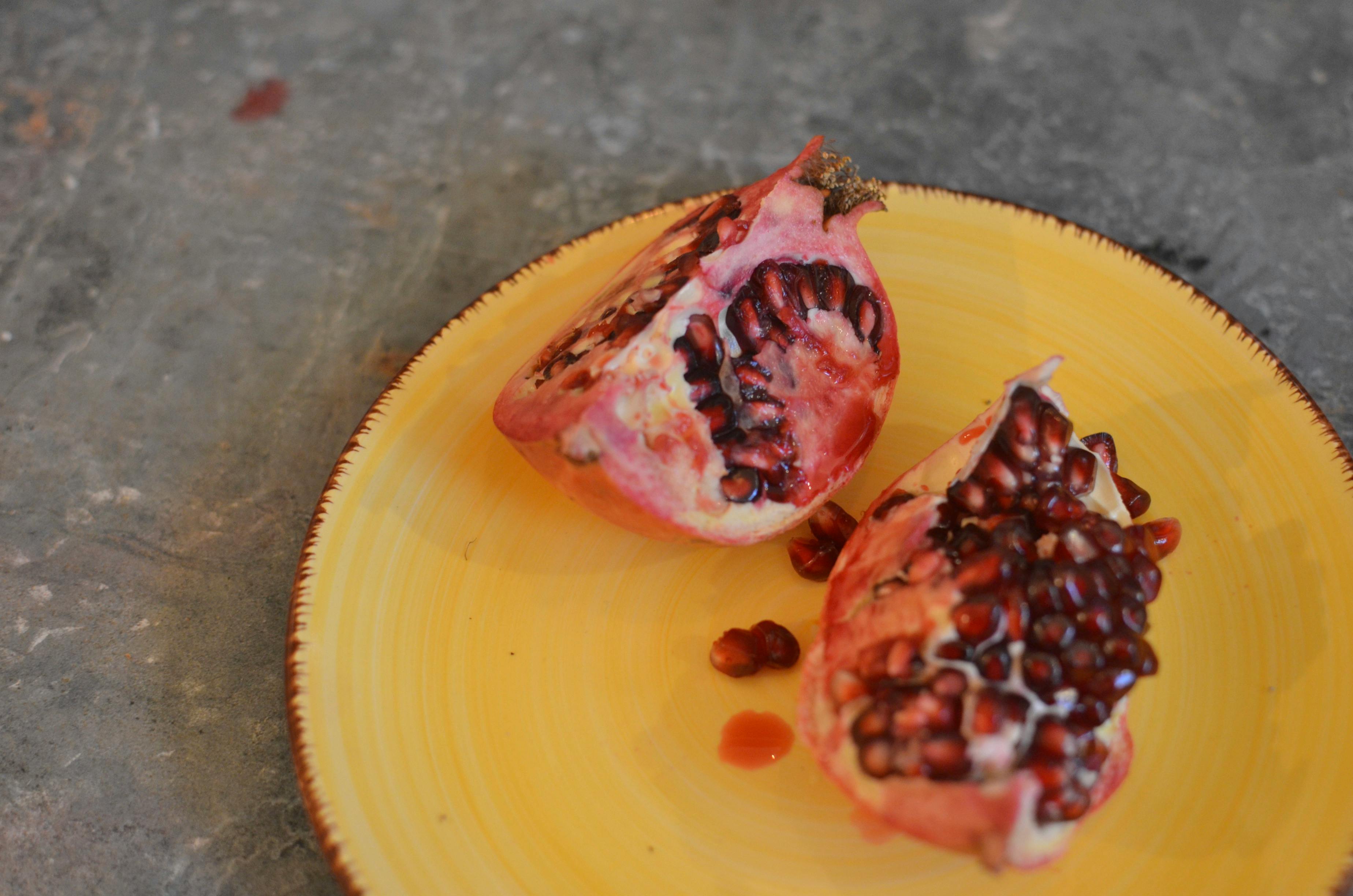You have seen these two products on the market. You have known their function, what they are used for in the kitchen. You have also seen many different brands. You are confused if these two kitchen must-haves have any difference.
This article is to tell you that they do not have any difference in terms of functionality, but they do have a difference in terms of technology. Both cookware keep soup or stew warm for long periods of time, but one uses electricity and the other doesn’t. We’ll make a simple comparison (not sounding like a science lesson here) between the two. Let’s start with the slow cooker first.
The slow cooker uses electricity with a thermostat attached to the bottom of the pot to keep the soup/stew warm throughout the day or for long periods of time. Since it is a thermostat, of course you can set the desired temperature so that it is maintained. The inner pot is using “conventional Chinese method” to retain heat, that is, using some stone material such as ceramic or porcelain. Electricity is supplied to the thermostat and it constantly produces heat at the set temperature and this heat is constantly “transferred” to the inner stone pot from the bottom. Heat convection takes place inside the inner pot. Since the inner pot is made of coarse stone, heat loss still occurs but at a slower rate.
If you look at the inner walls of the outer pot of the slow cooker, you can see that it is a shiny silverfish surface. This further slows the rate of heat loss using the laws of radiation. As for the top of the inner pot, the lid is usually made of a thick glass material to prevent heat loss as well.
This is how the slow cooker works and remember that it uses electricity to achieve heat retention.
Now let’s move on to the thermal pots. In a nutshell, it makes use of the same heat transfer theory that you have known or learned from vacuum flasks in physics during school or elsewhere. It uses the laws of convection, conduction and radiation of heat to help retain heat.
Heat conduction and convection are greatly (but not totally, as this is not possible) reduced by vacuum. Vacuum is a better insulation compared to foam. Now, on the sides or walls of the thermal pot, there is an outer wall and an inner wall. Between these walls is the void. With the presence of a vacuum (okay, I’m not promising science lessons here, but it’s good to know that a vacuum contains close to zero number of atoms), heat conduction and convection slow down considerably.
Infrared radiation is reduced by silver (mirror-like) coatings on the sides or walls of the outer pot. In addition, the double lids (the inner pot lid and the outer pot lid) and the insulation support at the bottom of the thermal pot help reduce the heat loss process. With the combination of vacuum and silver coatings, it greatly reduces heat transfer by convection, conduction and radiation.
If a vacuum flask can retain both hot and cold temperatures for long periods of time under the same theory of heat transfer, a thermal pot can too.
Now that we know how thermal pots work, we proceed to compare how different they are to slow cookers.
Electricity: the slow cooker uses it while the thermal pot does not and therefore saves money.
Safety: The slow cooker should be on for as long as you want your soup or stew to be hot. The thermal (inner) pot needs only 10-15 minutes on the gas stove before placing it in the outer pot to cook itself. Both scenarios assume that you are at work and not at home to take care of the soup or stew.
Versatile: The slow cooker needs a power point all the time to work, and therefore it is not convenient to take it out for picnics or outdoor activities. The thermal pot, since it can self-cook the moment it comes off the gas stove, can be taken almost anywhere for up to 8 hours.
Multi-function: The slow cooker can only work for warm purposes. The thermal pot can be used for both hot and cold (such as using it as an ice chest or storing cold drinks).
Cookability: The slow cooker has a higher chance of “overcooking” compared to the thermal pot. Since the crockpot is a much slower (and “natural”) cooking method, foods like vegetables and meat will be preserved in terms of color and tenderness. Soups in hot pots have been reported to remain clear after being left “on their own” after a day’s work. This is based on real experiences from real thermal pot users who have switched from slow cookers.
Convenience: The slow cooker must be set to the correct temperature for it to slow cook the soup/stew properly. The thermal pot does not need temperature adjustments as all you have to do is leave the inner pot on the gas stove for 10-15 minutes and put it back in the outer pot.
This article thoroughly understands how both types of pots work and the science behind it. With these understandings, it is clear that the thermal pot stands out as the most convenient and economical option to cook a good hot soup/stew with tender meat and well-colored vegetables, after a hard day’s work.



